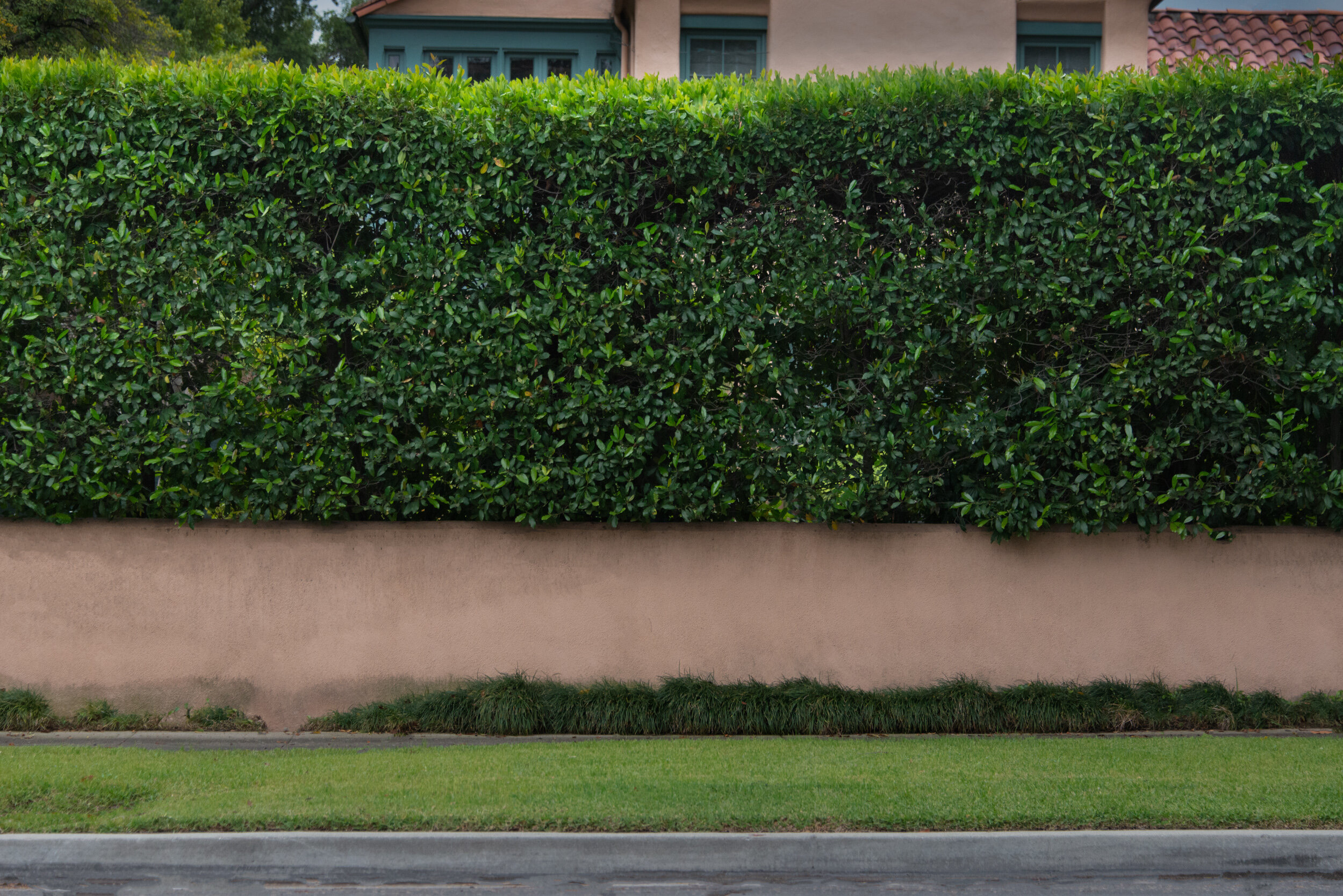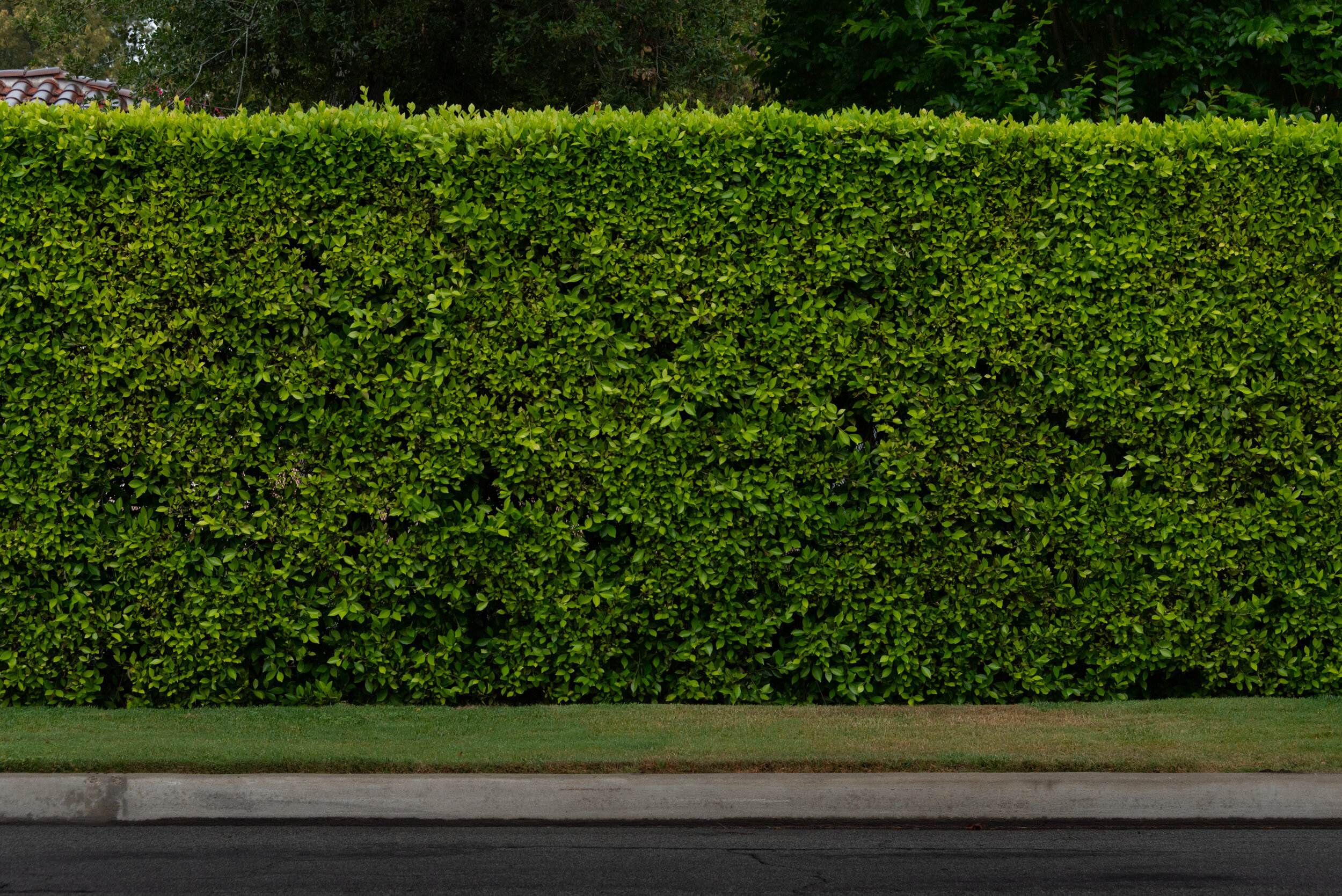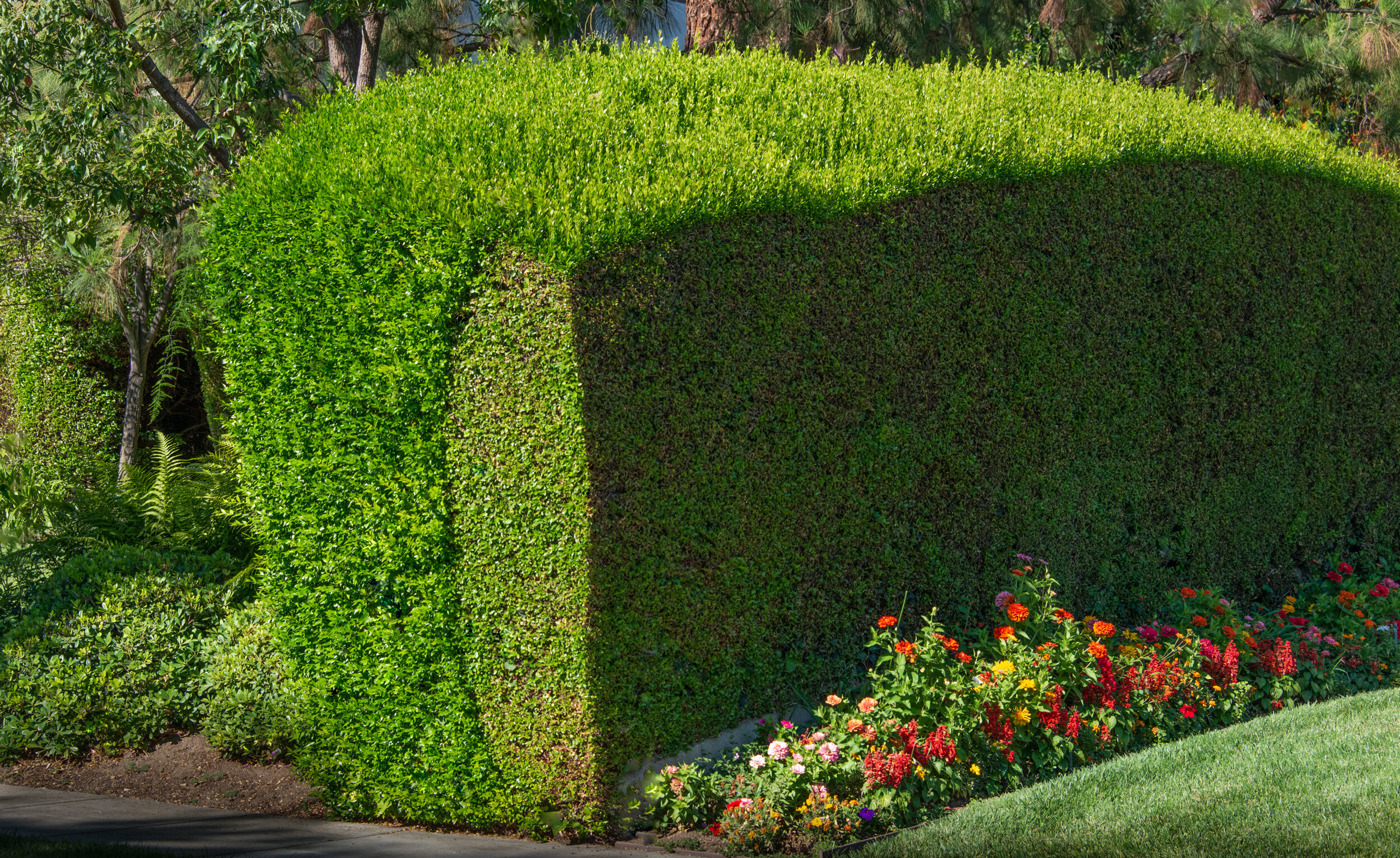BARRIERS
THREE GROUPS OF IMAGES OF OBJECTS THAT DELINEATE.
VOLCANIC ROCK WALLS, FENCES, AND HEDGES.
BARRIERS ARE DIVISIONS. A DEMARCATION INDICATING A BOARDER. THEY ARE MORE DEFINITIVE THAN A LINE IN THE SAND.
HEDGES
Hedges are lines drawn on the land that grow. They are a human impositions on the land and on plants. Rather than crops grown in a field, they grow for the function of defining and separating spaces. They grow out of the land they define. They are ornament and instrument.
VOLCANIC ROCK WALLS
Man's influence on the planet is the trigger for the Anthropocene. My interest in the Anthropocene leads to the basic reason for Volcanic Rock Walls. I am intrigued by the beauty we humans create in the transition of the planet.
The volcanic nature of the rock makes it very primal. It is the urge for humans to build. The basics of beauty in architecture is present in rock walls. They are beautiful in their form. And efficient in their function. Fitting rocks together seems like the most primal form of human intervention on the landscape and the planet. There is beauty in it, as there is with many aspects of human intervention. The simplicity and solidity of rocks formed into walls as structures that partition and define nature in the terms of humanity are sublime.
FENCES
Fences are a geometric imposition, more suggestive than definite. They are an enforcement on nature, but they almost disappear as if they were only thoughts or lines on a map. Plants observe and envelope them. They bring vertical planes into our view of the landscape. Sometimes shimmering, diamond shapes stretched in steel mesh, that interrupt the visual flow of the land. Fences are a graphic expression of the need for humans to impose their will upon nature.


























